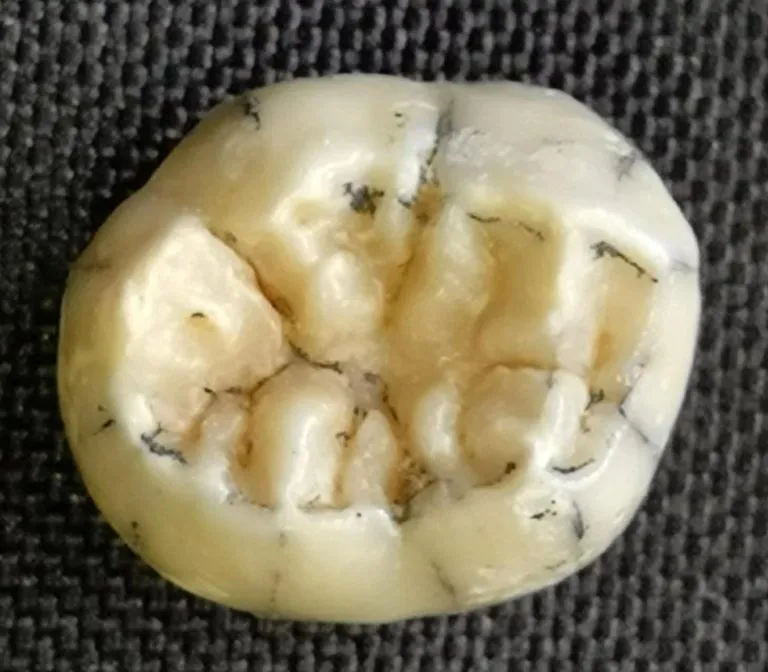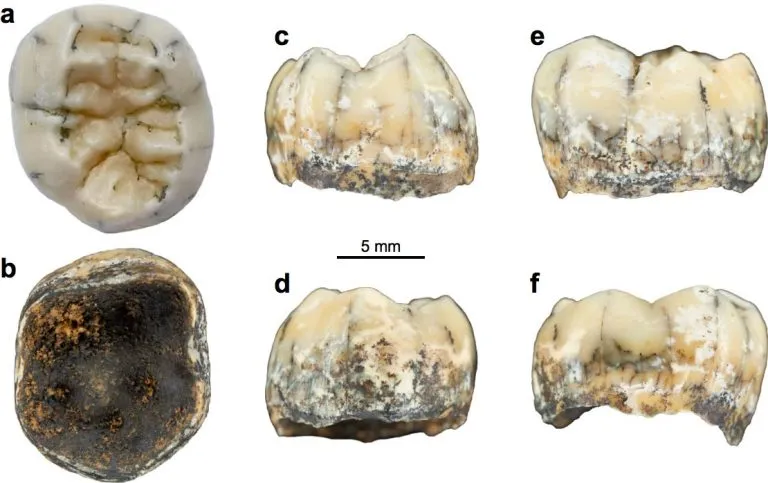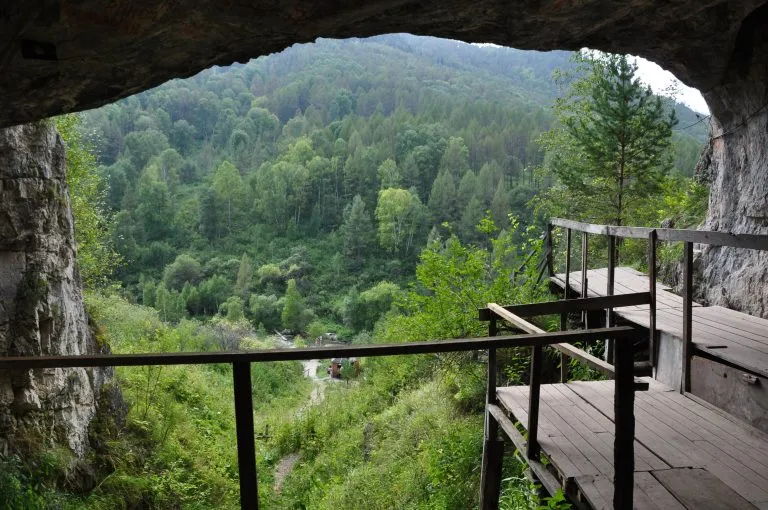Denisovans, a sister species of modern humans, lived in Laos between 164000 and 131000 years ago and had an important impact on the population outside Africa and Australia What links a finger bone and some tooth fossils found in a cave in the remote Altay Mountains of Siberia to a tooth found in a cave in the limestone landscape of tropical Laos? An international research team from Laos, Europe, the United States and Australia has determined the answer to this question.

The human tooth was accidentally found during an archaeological survey in a remote area of Laos. Scientists have shown that it came from the same ancient human group first identified in the Denisova Cave (known as the Denisova) in the Altay Mountains of Siberia.
The research team made this significant discovery in the excavation activities in northern Laos in 2018. The new cave Tam NGU Hao 2, also known as the cobra cave, is located near the famous Tam P à Ling cave, where archaeologists found another important human (Homo sapiens) fossil 70000 years ago.

The international team of scientists is convinced that the two ancient sites are related to the denisovans, although thousands of miles apart.
Their findings were published in Nature communications 》It is led by the University of Copenhagen (Denmark), the National Center for scientific research (CNRS), the University of Illinois Urbana Champaign (United States), the Ministry of information, culture and tourism of Laos, and supported by the micro archaeological work carried out by Flinders University (Australia) and the geochronological analysis of Macquarie University and Southern Cross University in Australia.
Fabrice Demeter, lead author and associate professor of paleoanthropology at the University of Copenhagen, said that cave sediments contain the teeth of giant herbivores, ancient elephants and rhinoceros, which are known to live in woodland environments.
"After all this work, according to many clues written on fossils from very different geographical regions, our findings are meaningful," Professor Demeter said.
"This fossil represents the first discovery of denisovans in Southeast Asia and shows that denisovans have at least been to Laos in the south. This is consistent with the genetic evidence found in Modern Southeast Asian populations."

After a very detailed analysis of the shape of the tooth, the team found many similarities with the Denisova teeth found on the Qinghai Tibet Plateau - the only other place where Denisova fossils were found.
This shows that it is likely to be the Denisova people who lived in the warm tropics of northern Laos from 164000 to 131000 years ago.
Mike Morley, an associate professor from the micro archaeology Laboratory of Flinders University, said that the cave site called Tam NGU Hao 2 (COBRA cave) was found high in the limestone mountain. There is a residue of ancient cemented cave sediments, which is full of fossils.

"We basically found the exact evidence of the crime - this denisovan tooth shows that they once appeared in the karst landscape of Laos in such a far south," Morley said
The complexity of the site poses a challenge to mapping, which requires two Australian teams to complete.
The Macquarie University team, led by associate professor Kira Westaway, provided dating for cave sediments around fossils; The Southern Cross University team led by associate professor Renaud Joannes boyau directly dated the unearthed fossil remains.
Kira Westaway said: "to establish a sedimentary background for the final resting place of fossils, the integrity of the discovery can be checked internally - if the age of sediments and fossils is similar, as seen in Tam NGU Hao 2, then we know that fossils were buried shortly after the death of organisms."
If we want to understand the evolution of events and species in the landscape, it is very important to calculate the fossil remains directly.
"The good consistency of different determination techniques on sediments and fossils proves the quality of species chronology in the region." "This has a great impact on the landscape of the Southern Star of the cross," said Professor reyaunes
These fossils were probably scattered on the surface when they were washed into the cave in a flood event, which precipitated sediments and fossils.
Unfortunately, unlike Denisova cave, the humid conditions in Laos mean that ancient DNA has not been preserved. However, archaeologists did find ancient proteins, suggesting that the fossil is a young, possibly female human, probably between 3.5 and 8.5 years old.
The discovery of different species in Southeast Asia indicates that there is at least one different hot spot in this period; Homo erectus, denisovans / Neanderthals, florians, luzons and Homo sapiens.
Caves in Southeast Asia can provide the next clue and further conclusive evidence to understand these complex population relationships.